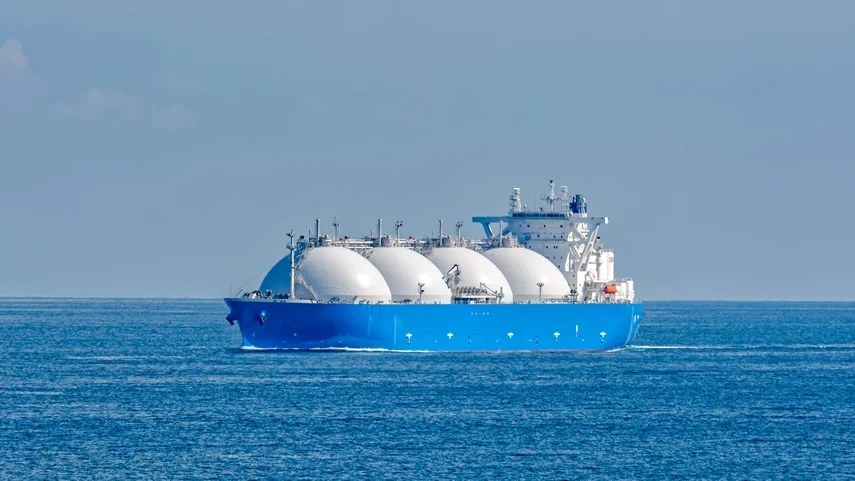How trading is organised
OTC or brokered exchanges
Products may be traded:
- On an over-the-counter basis, for example under long-term contracts covering most gas imports from Russia, Algeria and Norway. These contracts generally cover long-term periods (20 or 30 years). They allow buyers to secure their supply, and allow producers to secure buyers for their gas, over a sufficiently long period as to ensure that they are able to invest in exploration, production and transmission activities, which have long depreciation times.These contracts typically include “take or pay” clauses whereby the buyer bears a volume risk, since they are required to pay the minimum contractual amount regardless of whether the gas is used or not. The producer, meanwhile, commits to delivering the agreed volumes of gas at the times and on the terms stipulated in the contract, thereby taking on a price risk;
- Through the brokered market, which includes the organised market (exchange) and brokers (brokered OTC contracts). The market comprises trading platforms on which various types of spot and futures contracts are bought and sold.Non-brokered OTC transactions can be carried out for products identical to those traded on the brokered markets.

Gas Trading Points
Purchases and sales on the gas wholesale market in France result in the physical delivery of gas at two virtual Gas Trading Points (known in French by the acronym “PEG”), which are attached to the three balancing zones on the French transmission network:
- PEG Nord, attached to the GRTgaz Nord network zone;
- TRS (Trading Region South), attached to the balancing zones of GRTgaz Sud and TIGF.
TRS was created by the merger of PEG Sud and TIGF on 1 April 2015, to improve the operation of the gas market in southern France and promote its development.
A single trading area in November 2018
TRS represents a crucial step towards the creation of a single trading area in November 2018, Trading Region France (TRF), when TRS merges with PEG Nord.
Trading Region France (TRF) will form a single entry/exit zone, divided into two balancing zones: TIGF and GRTgaz. All purchases and sales of gas for the whole of TRF will be concentrated at a single virtual gas trading point, PEG.
Spot and futures products
Two types of products are traded on the natural gas markets: spot products and futures.
Spot products
Spot products allow shippers to balance and optimise their portfolio in the short-term. They include:
- Day-ahead products;
- Intra-day products;
These products are traded between market participants by means of daily nominations at the Gas Trading Points.
Futures
To minimise the risks inherent to spot trades, market participants sign contracts to buy and sell gas to be supplied in future months, quarters, seasons or years, at a firm price negotiated on the contract date.
To make trading easier, these forward contracts or futures apply to standardised products, for example, the supply of 1 MWh for each gas day during the delivery period.
Futures represent the average of the expected spot prices over a longer period, making them generally less volatile than spot products. They are used as a basis for determining the prices paid by end consumers. When suppliers enter into contracts with customers, they generally purchase the forward products needed to cover most of the gas they will need to supply.
Figures
CRE regularly publishes analyses of developments in the electricity, gas and CO2 wholesale markets, in its Annual Report on the functioning of the wholesale markets, and its quarterly observations on the electricity and gas markets.
